After looking at my post regarding poisonous indoor plants, I wanted to show you a list of safe indoor plants for pets. This list includes some of the most common houseplants that are not only available in most areas, but are also non-toxic to pets. So if you’re worried about your furry friends’ safety, then check out this list!
*Note: You can also check out my list of Common Cut Flowers that are Poisonous to Pets. This will ensure that pets don’t get sick eating your bouquet!*
**Note: This post contains affiliate links, which if purchased, I will receive a portion of the profits at no extra cost to you. This helps me to keep providing you with this awesome information!**
#1: Boston Fern – Nephrolepis exaltata
This is a great plant, as it is also very low maintenance and easy to take care of! Boston ferns, as well as some other ferns (such as the maidenhair fern, rabbit’s foot fern, bird’s nest fern, and button fern) are all safe for pets. Even the ostrich fern is edible for human consumption! (Only the fiddle-heads, and only after a particular cooking routine, so be aware…) But there are also some ferns that are toxic to dogs and cats, such as the Asparagus fern. So just make sure that you know what you’re buying and that the label is correct.
Find it here!
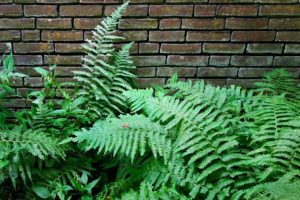
#2: Peperomia – Peperomia
Peperomia is an awesome plant! It is also listed as one of the best air-cleaning plants, as well as one that is low maintenance and hard to kill! Just make sure that it isn’t overwatered. Let is get a little dry between waterings and both your plant and your pets will be safe and happy!
Find it here!
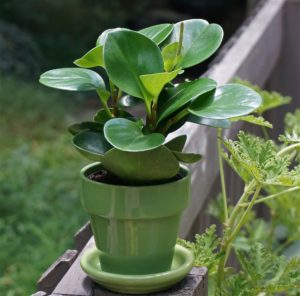
#3: Gerbera Daisy (Transvaal daisy) – Gerbera
Who doesn’t just love the look of a Gerbera daisy sitting on their table?! These daisies are safe for pets, but use plenty of caution when purchasing. Only the Gerbera daisy is safe. Most other daisies are toxic to dogs and cats. Chrysanthemums are also toxic and are often mistaken for daisies. So double check the tags and purchase from a reliable source.
Find it here!
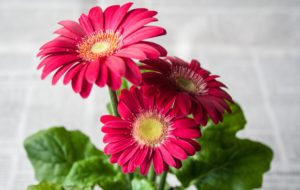
#4: Mint – Mentha spp.
Grown for its amazing aroma and taste, almost all varieties of mint are safe for dogs and cats. The only ones to watch out for are English pennyroyal and perilla mint. These aren’t very common, but good to note just in case. Mint, as well as a variety of other herbs and spices, are actually good for your pets and can boost their health!
Find it here!
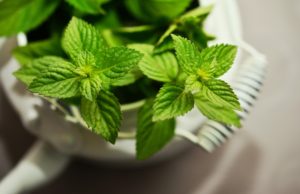
#5: Spider Plant – Chlorophytum comosum
The Spider plant has so many things going for it! Not only is it non-toxic for pets, but it is also on our list of air-purifying plants, hard to kill plants, and low light plants! This is definitely a plant that no one will have issues with!
Find it here!
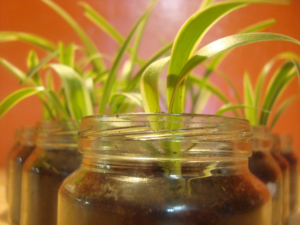
#6: Palms – Arecaceae spp.
Almost all palms are safe for dogs and cats. This includes the areca palm, the parlor palm, and the ponytail palm, just to name a few. The main one to watch out for, however, is the sago palm. Usually an outdoor plant, they are becoming more popular as a houseplant. Though they are very distinctive in their looks, just make sure that you don’t accidentally bring one home to your pets.
Check out this awesome parlor palm!

#7: Bamboo – Bambusoideae spp.
Bamboo is non-toxic to dogs and cats. However, make sure that you don’t confuse this with lucky bamboo. Lucky bamboo is actually a type of dracaena and as such, is very toxic. But having an actual bamboo plant is perfectly harmless to any animals eating it.
Find it here!
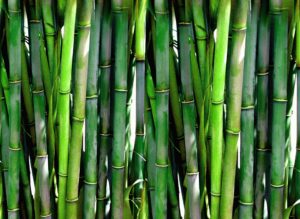
#8: African violet – Saintpaulia
African violets are safe for cats and dogs. They are not safe for human consumption, however. Often confused with wild violets (which are edible for human consumption), african violets are harmful if consumed by people. These are safe for pets, but do not purchase if there are small children in the home.
Find it here!
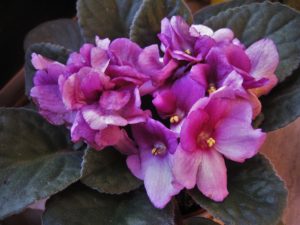
#9: Burro’s tail – Sedum morganianum
This is a great succulent for anyone thinking about pet safety. With large, cascading clusters, it can be used as a hanging plant, as well as a compact table plant. It is a great alternative to the string of pearls succulent, which is toxic to both dogs and cats. You can find it cheap by ordering cuttings. Then check out my post on Propagating Succulents to easily grow this fun succulent!
Find it here!
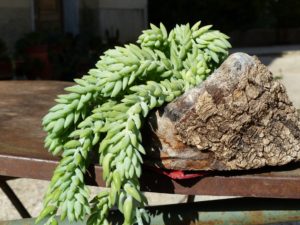
#10: Cast Iron Plant – Aspidistra elatior
The Cast Iron Plant is not only non-toxic for pets, but is also a low maintenance, hard to kill, and low light plant. Aspidistra can easily replace a peace lily with its beautiful, lush foliage. An awesome choice for many different indoor spaces!
Find it here!
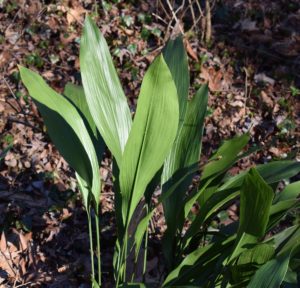
#11: Bromeliads – Bromeliaceae
One of the brightest low-light houseplant, bromeliads are becoming quite popular in the interiors. Not only are they bright and cheery, but they are also safe for your furry friends!
Find it here!
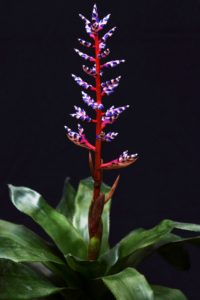
#12: Christmas Cactus – Schlumbergera
The Christmas cactus is a great choice for anyone wanting fragrant blooms that are also safe. Though seen as not very attractive without these blooms, the Christmas cactus can also be tricked into re-blooming. This isn’t for those new-to-plants people, however, as it can be a rather tedious process to force new blooms. But if successful, these gorgeous flowers are worth it!
Find it here!
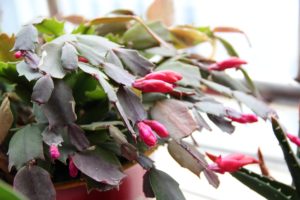
#13: Phalaenopsis Orchids – Phalaenopsis spp.
Not all orchids are safe for pets. However, the phalaenopsis orchid is not only safe for cats and dogs, but the flowers are even safe for human consumption! Definitely an added bonus!
Find it here!
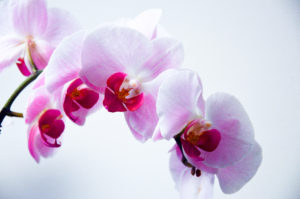
#14: Prayer plant – Maranta
The Prayer plant, also known as the peacock plant is not only non-toxic, but also does well in low light conditions. Along with bromeliads, the prayer plant can also add a lot of color to a darker indoor space.
Find it here!
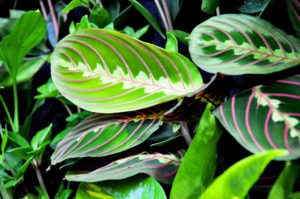
#15: Wax plant (Hoya) – Hoya carnosa
Known for its fragrant blooms, the wax plant is usually bought because of its aroma. When placed in the bedroom, this aroma is said to aid people in getting a more restful sleep! Just keep it in warmer temperatures to ensure overall health of the plant.
Find it here!
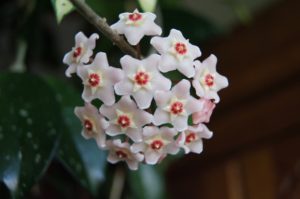
That’s it for my list of plants that are safe for pets! I hope you find this list helpful! And please leave any comments or questions below. I love to hear from you!
Happy digging!

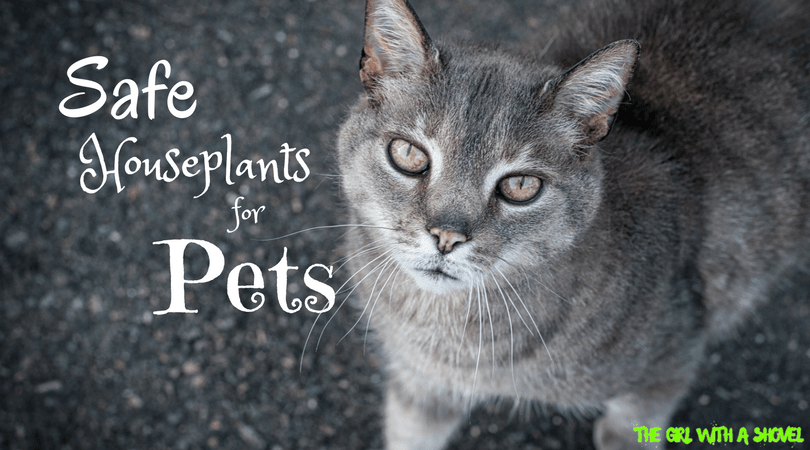
I’Ive been wanting to get some plants, but three days I was worried about them getting sick. Thank you very much for the info on safe plants to have with my cats. Happy New Year